A new series of King Seiko dress watches debuts, reviving a classic design.
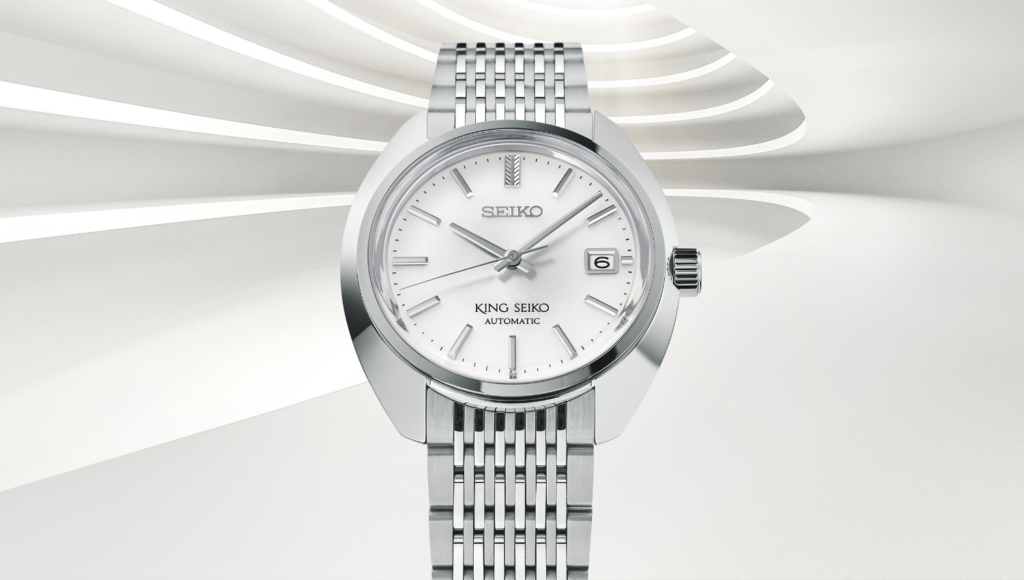
After the success of the King Seiko collection’s second design series, known as the KSK, a wide range of case shapes and designs entered the collection from the late 1960s through the 1970s as Seiko saw many advances in technology and design creativity. Today, a new series inspired by a vintage design born in 1969 joins the King Seiko collection.
King Seiko captures the beauty and artistry of a Japanese tradition with its latest creation.
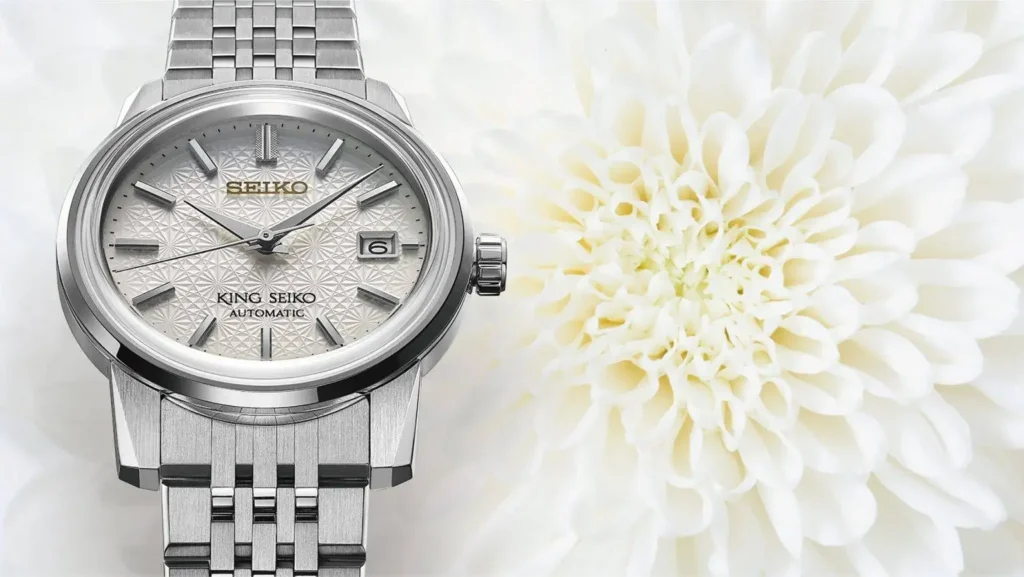
King Seiko captures the beauty and artistry of a Japanese tradition with its latest creation.
Two slim, modern creations inspired by heritage join the King Seiko collection.
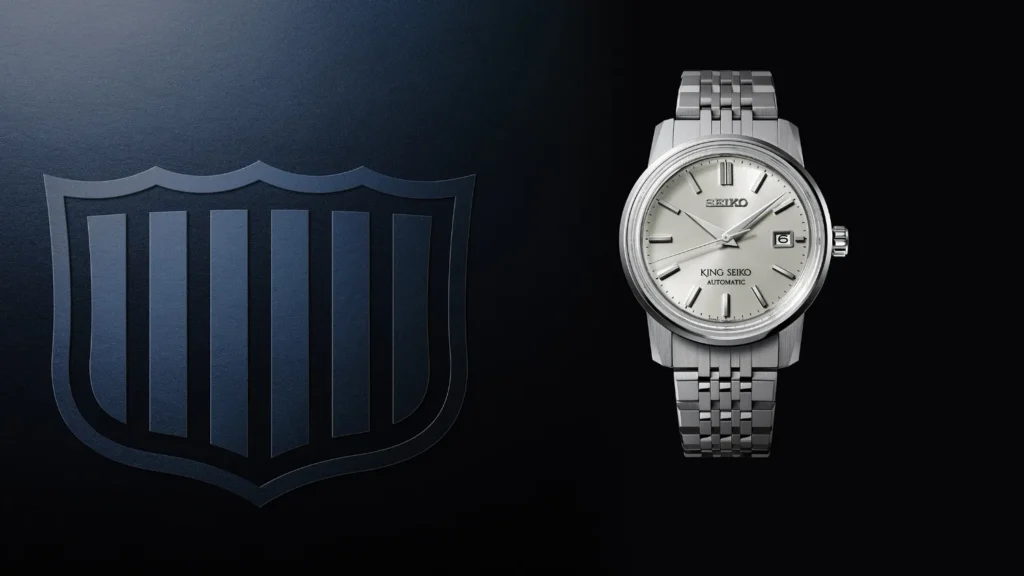
Though it was not the first King Seiko watch, the 1965 King Seiko KSK was, with its sharp, angular case and high functionality, the one that ultimately defined King Seiko’s character.
King Seiko salutes its birthplace and celebrates 110 years since Japan’s first wristwatch.
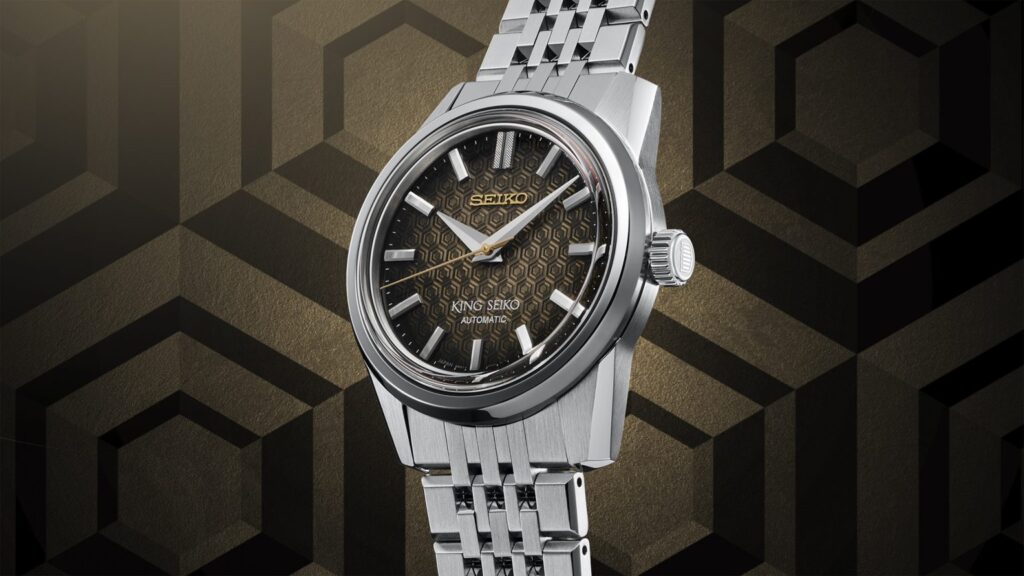
Kintaro Hattori opened a shop in Ginza to sell timepieces in 1881, thus beginning the history of
Seiko. His company produced Japan’s first wristwatch in 1913 and has since advanced the art of
watchmaking through both technology and craft.
FROM 1965 TO TODAY. THE HERITAGE OF KING SEIKO LIVES ON.
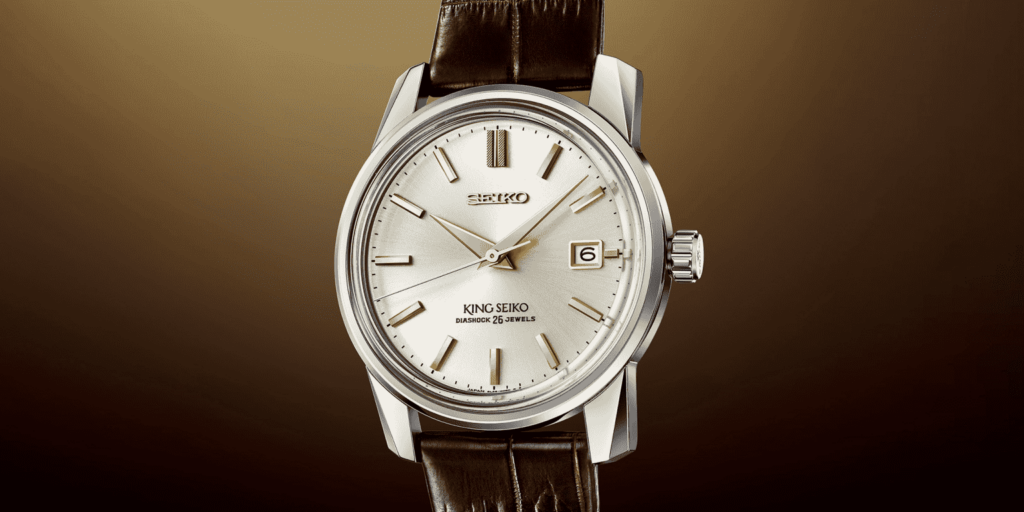
Two new hi-grade mechanical watches are today added to the King Seiko collection. In their different ways, both express the spirit of the time, 60 years ago, when King Seiko was first created and the area in Tokyo where it was born.
RENEWED, ENHANCED AND AS STRIKING AS EVER. THE KING SEIKO COLLECTION RETURNS
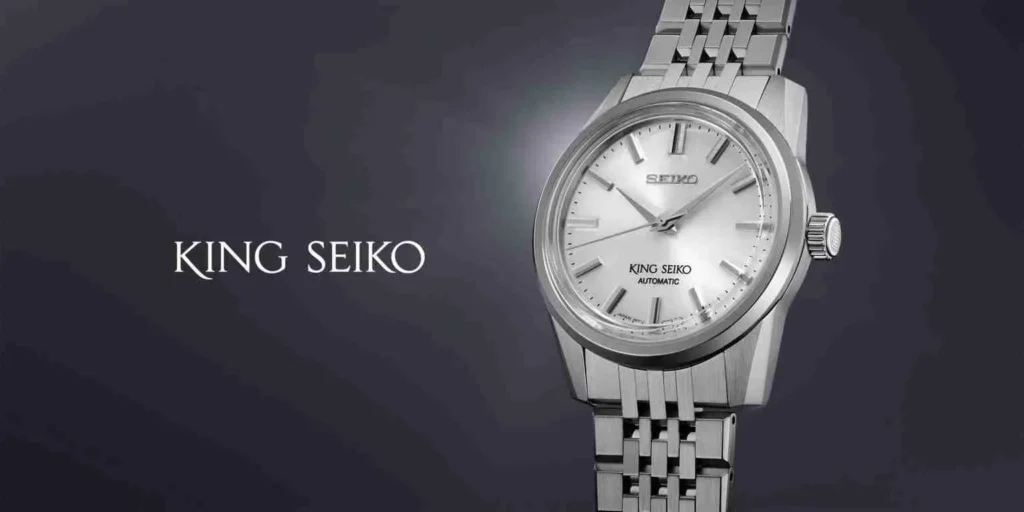
The 1960’s was a decade of unprecedented advances for Seiko, both in terms of technical development and design creativity. Alongside Grand Seiko, one other series demonstrated the company’s ability to create beautifully designed and finished mechanical watches with high accuracy.
KING SEIKO. A 1965 CLASSIC IS RE-BORN IN CELEBRATION OF SEIKO’S 140TH ANNIVERSARY.
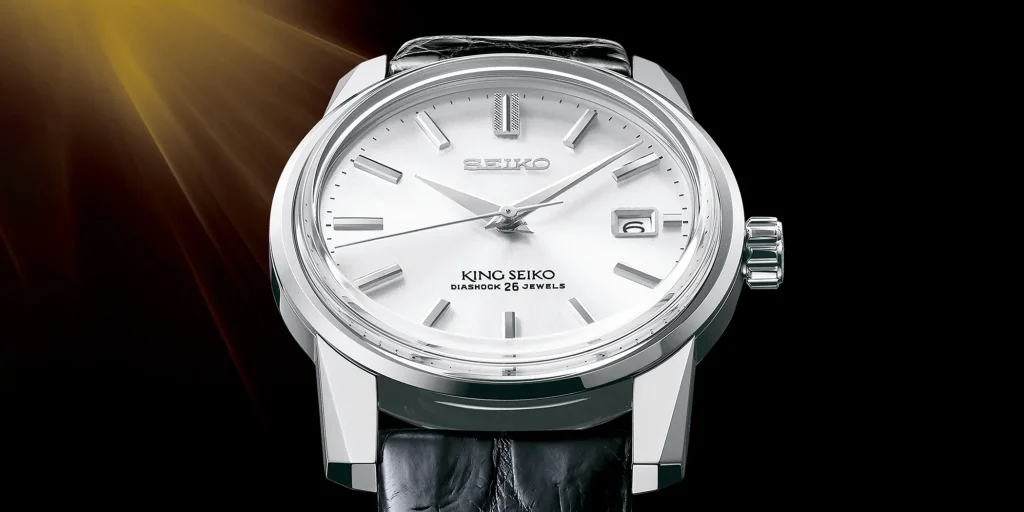
Never before in the company’s history has there been a period of such creativity and achievement. From the first Grand Seiko in 1960 to the automatic chronograph in 1969, the sixties was a decade of important advances in both technical and design development that laid the foundation for the company’s future






